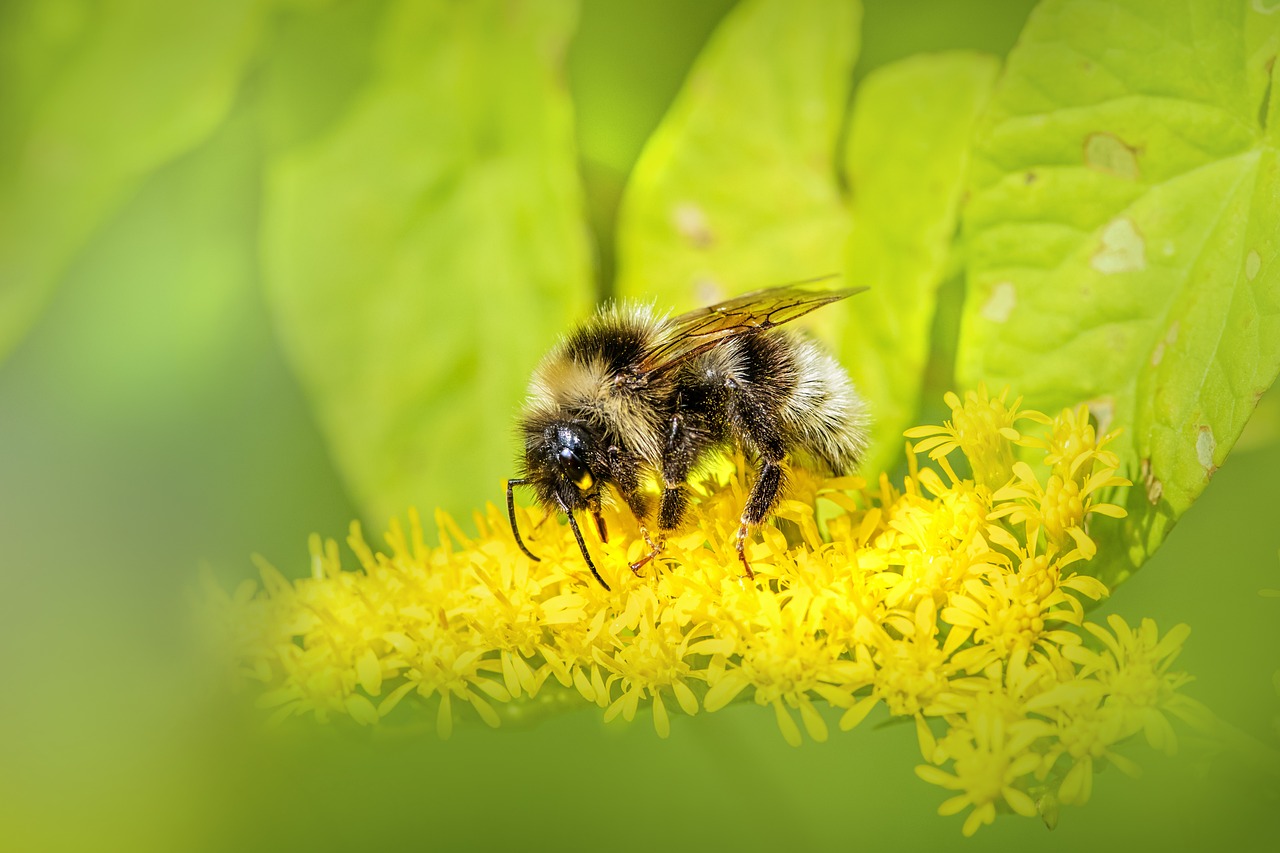The Bohemian cuckoo bumblebee (Bombus bohemicus) is a fascinating species known for its unique parasitic lifestyle. Here are some key details about this intriguing bumblebee:
Appearance
- Size: The Bohemian cuckoo bumblebee is similar in size to its host bumblebees, with queens typically measuring 18-22 mm in length and males slightly smaller.
- Coloration: They have a predominantly black body with pale bands of white or yellow on the thorax and abdomen. The coloration can vary, and they often closely resemble their host species, which helps them infiltrate nests.
Habitat
- Range: Bombus bohemicus is found throughout much of Europe and parts of northern Asia. Its range overlaps with that of its host bumblebee species, particularly the white-tailed bumblebee (Bombus lucorum) and other closely related species.
- Environment: They inhabit a variety of environments, including meadows, gardens, woodlands, and heathlands where their host bumblebees are found.
Behavior
- Parasitism: Unlike most bumblebees, Bohemian cuckoo bumblebees do not build their own nests or care for their own young. Instead, they are brood parasites:
- Infiltration: The female (queen) Bohemian cuckoo bumblebee invades the nest of a host bumblebee species. She often kills or subdues the host queen and takes over the nest.
- Reproduction: The cuckoo queen lays her eggs in the host nest. The host workers, now under the control of the cuckoo queen’s pheromones, care for the cuckoo larvae as if they were their own.
- Life Cycle: The eggs laid by the cuckoo queen hatch into larvae, which are then fed and cared for by the host workers. The larvae develop into adults and eventually leave the nest to mate and continue the cycle.
Adaptations
- Mimicry: Bohemian cuckoo bumblebees have evolved to closely resemble their host species in appearance and scent, aiding in their ability to infiltrate and take over host nests.
- Aggressiveness: The cuckoo queens are typically more aggressive than host queens, which helps them in overpowering the host queen and taking control of the nest.
Ecological Role
- Biodiversity: While they play a unique role in their ecosystems, Bohemian cuckoo bumblebees contribute to the diversity and complexity of bumblebee populations. Their parasitic lifestyle is a natural part of bumblebee ecology.
- Pollination: Even though they do not collect pollen to feed their own larvae, adult cuckoo bumblebees can still contribute to pollination as they visit flowers to feed on nectar.
Conservation
- Status: The conservation status of Bombus bohemicus varies across its range. In some areas, it is considered at risk due to declines in host bumblebee populations and habitat loss.
- Threats: The primary threats to this species include habitat destruction, pesticide use, and declines in host species populations.
- Conservation Efforts: Protecting habitats that support a diverse range of bumblebee species, including potential host species, is crucial for the conservation of Bohemian cuckoo bumblebees.
The Bohemian cuckoo bumblebee is a remarkable example of evolutionary adaptation and specialization. Its parasitic lifestyle and reliance on host species underscore the intricate and interdependent relationships that exist within natural ecosystems.
Visited 577 times, 28 visit(s) today
Views: 854
Subscribe to the newsletter:
